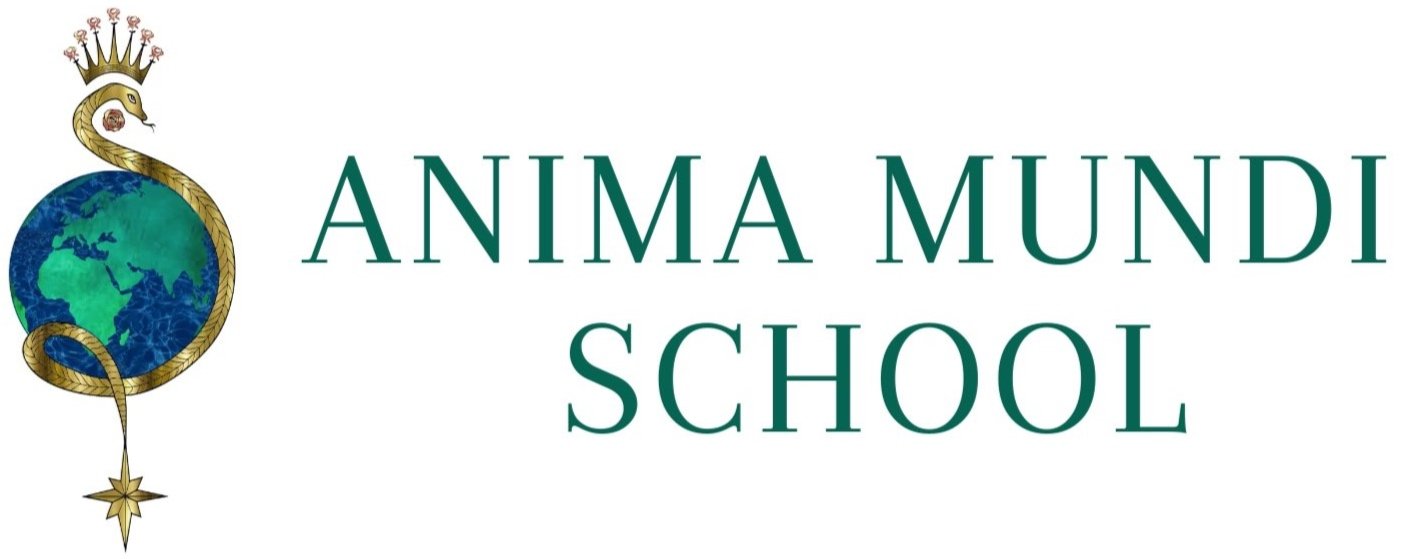Still Birth
a contemporary journey into Ereshkigal’s cave
by Suzanne Schreve
In the early hours of winter’s night, the bleeding starts. Contemporary life will have it that I am in the car with daughter, husband and cat on our way back from a weekend break.
I have just run out of menstrual pads.
He races inside the supermarket to come out with thin panty liners while I sit on a four-folded towel to prevent the rental from getting stained. Back inside he goes, ‘Maxi-pads please’.
When we arrive home thirty minutes later, the cramping starts. My husband fixes a hot water bottle which has been by my side for the last three days.
It was slow to come on, whispering sweet nothings in my belly.
There isn’t much pain, but the moment long-awaited. I knew a week ago counting down the days.
Waves roll in steady and soft. Inside my breath I feel it moving in and out, the push and pull of quiet conviction. When my daughter was born five years earlier, I could not feel this depth of my womb, clouded in pain.
But now I sink in.
Sink way in.
The moist warmth inside of me cradles a dead baby of seven-weeks-old. It took another three and half weeks for my womb to conclude its death, carefully assessing life with every pulse.
And now it’s happening.
It is just like birth and so very different. With each gentle squeeze something gushes out of me. Blood, tissue, placenta, clots. It’s a mess. Red colours the bed, the carpet, the bathroom floor.
Drip, drip.
I walked between worlds carrying death while longing for life. Nameless grief poured out, and God, it was painful. I felt squeezed, torn, pulled and scorned. I couldn’t bear being seen, not even by my closest friends. I have never felt so naked and vulnerable.
Shame vilifies miscarriage.
Failure, unworthiness and malfunction cling to death.
The upside of miscarriage, says the doctor, is that everything ‘down there’ works. That may be so, but no one tells you that if you allow the process to take you in, fully in, miscarriage can be experienced as rebirth.
As much as she nurtures life, the womb nurtures death.
I didn’t know it could be so incredibly beautiful.
Consciously carrying my miscarriage brought me down into the cellars of the underworld. On the hooks with Inanna, watching Ereshkigal in agonizing labour. Cruel, and seemingly heartless.
What did she bare, what can you bare in the underworld?
Death is born.
Death.
It used to hold such finality for me.
Death, decay, debris, rotting lifeless material.
But where can you go from death? Well, anywhere really. In the quietude of a still point, there is only endless possibility.
Inanna’s story brings us to the dark soil of our bodies, our being. Where tomb and womb are one and the same. It is in this primal state, where choice can only surrender to trust, that the wisdom of the underworld guides us from the roots up. Where life flourishes.
It was winter solstice when we buried our baby in between the roots of our magnolia tree. My daughter laid flowers, seeds and nuts for the journey back into light.
by Wilhelm List
Image above: Adamah by St Mary’s Press

